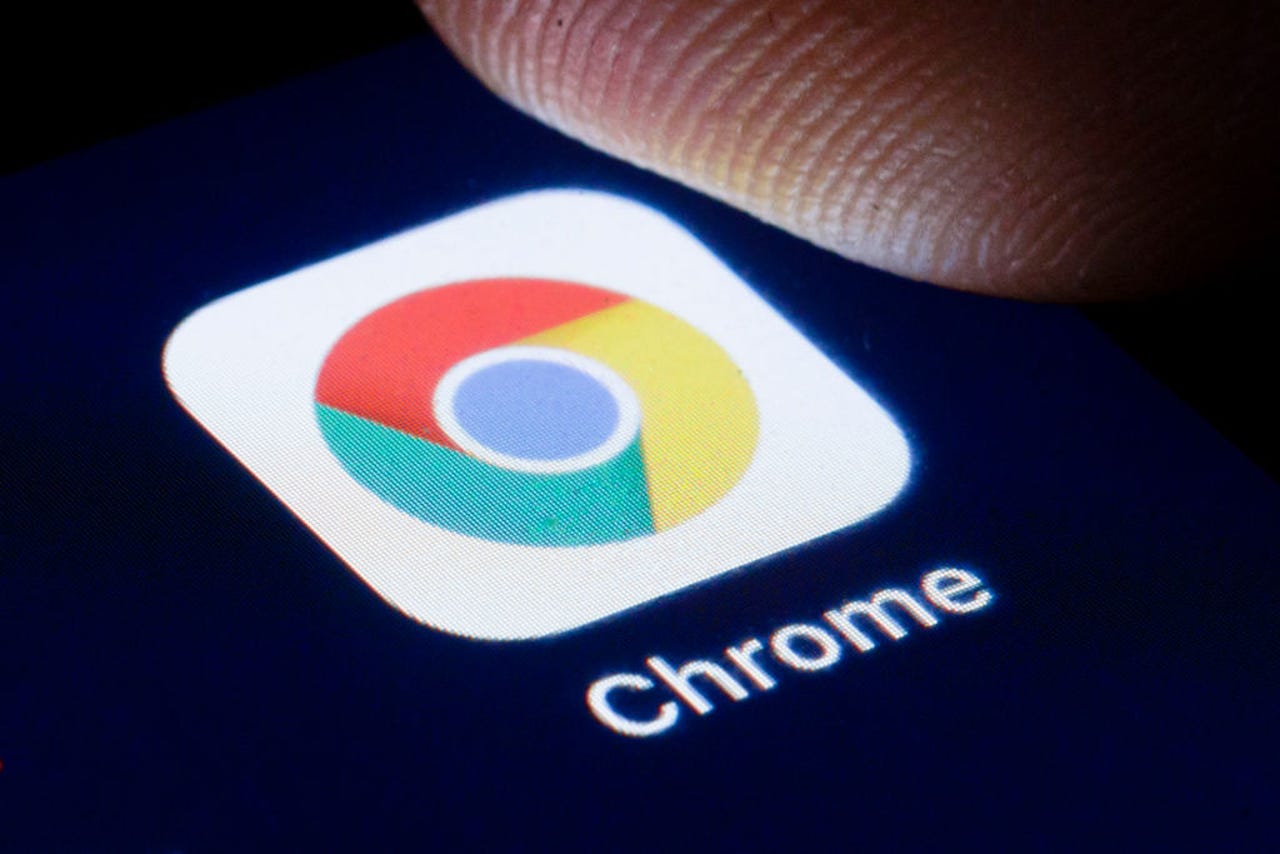Chrome tests 'read aloud' mode to shrink Microsoft's accessibility Edge


A new accessibility feature is headed to Chrome, and while it certainly will be a useful option for people with accessibility needs, it may have a broader appeal too.
Google is expected to add to its desktop browser a "Read Aloud" option similar to the one offered in Microsoft Edge. With this feature, an article or an entire web page can be read aloud at the click of a button -- helping people who either can't see the screen or struggle to read the words shown. Of course, it's also a potential help to anyone who prefers the option of listening to a long online article in audio form.
Also: The best Chromebooks for students: Expert tested and reviewed
Right now, the feature is only available in a test version of the browser -- Chrome's Canary build -- but the fact that it exists at all is a promising sign. The feature includes an option to control the speed at which the article is being read. It's likely that more options will be added, especially if Google intends to match the similar feature on Microsoft's Edge browser.
Edge's read-aloud option, for example, has various voices to choose from and the option to read document types such as PDFs.
There will also be a visual component to Chrome's read-aloud feature where the sentence being read is highlighted for a reader to follow along. This is a significant leap in the accessibility department because screen readers aren't used only by people who are visually impaired, but also by people who may struggle with reading because of conditions like ADHD or dyslexia. If you'd rather not see that visual element, there's an option to turn it off entirely.
Currently, the only notable accessibility feature in the Chrome browser is live captioning, where automatic captions are shown for any media being played. By contrast, Chromebook laptops offer a wide range of accessibility, including AI image descriptions, automatic click, braille compatibility, browser zoom, dictation, text-to-speech, screen reader, and more -- but Google's browser lags behind.
Also: How to enable and use Google Chrome's Reading Mode
When you compare Chrome to Edge's more robust offering of accessibility options, it's not hard to see that Chrome has some catching up to do. No release date is set for this feature, but fortunately, it appears things are headed in that direction.